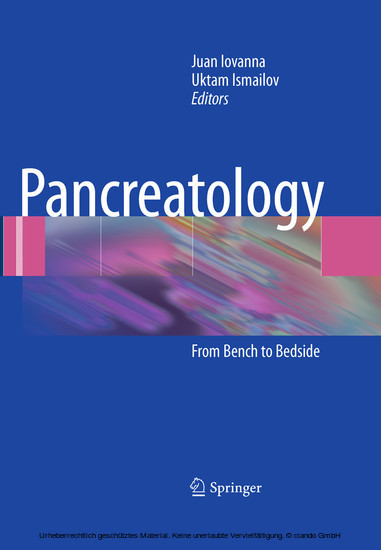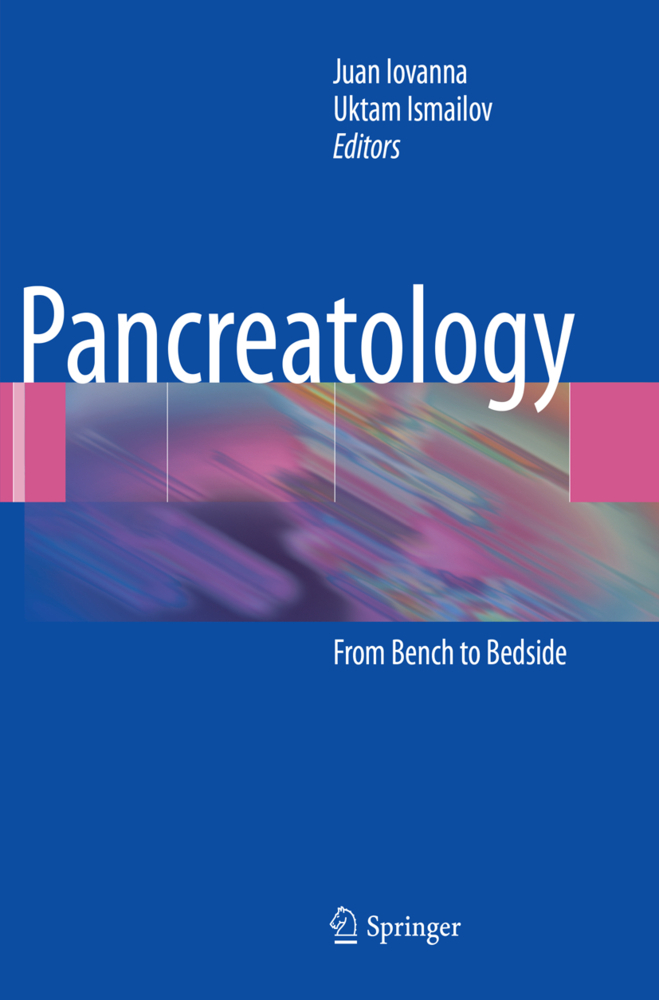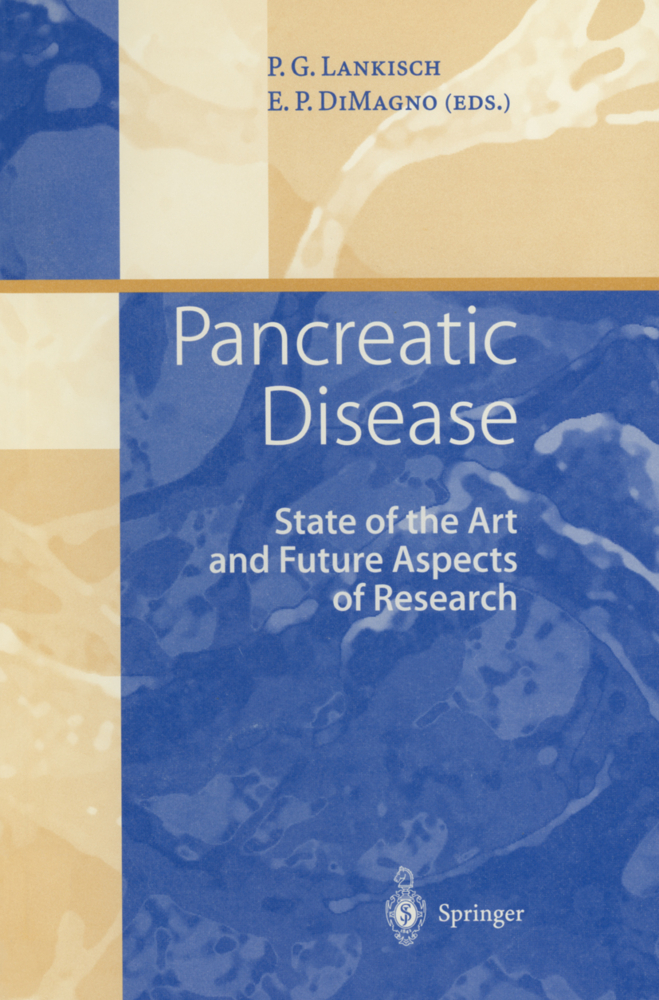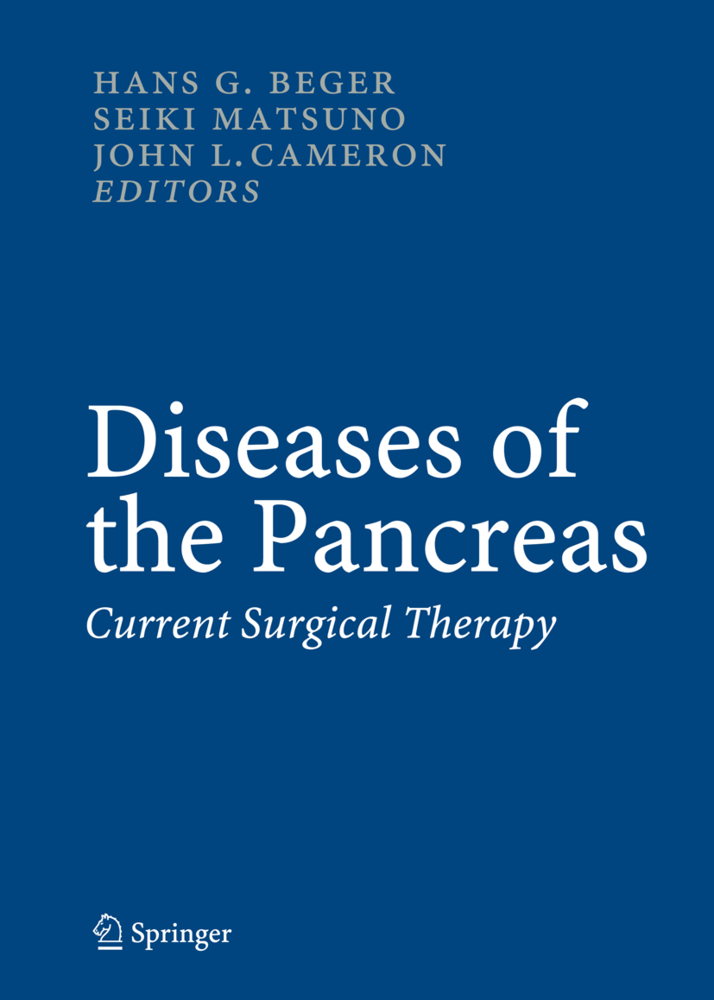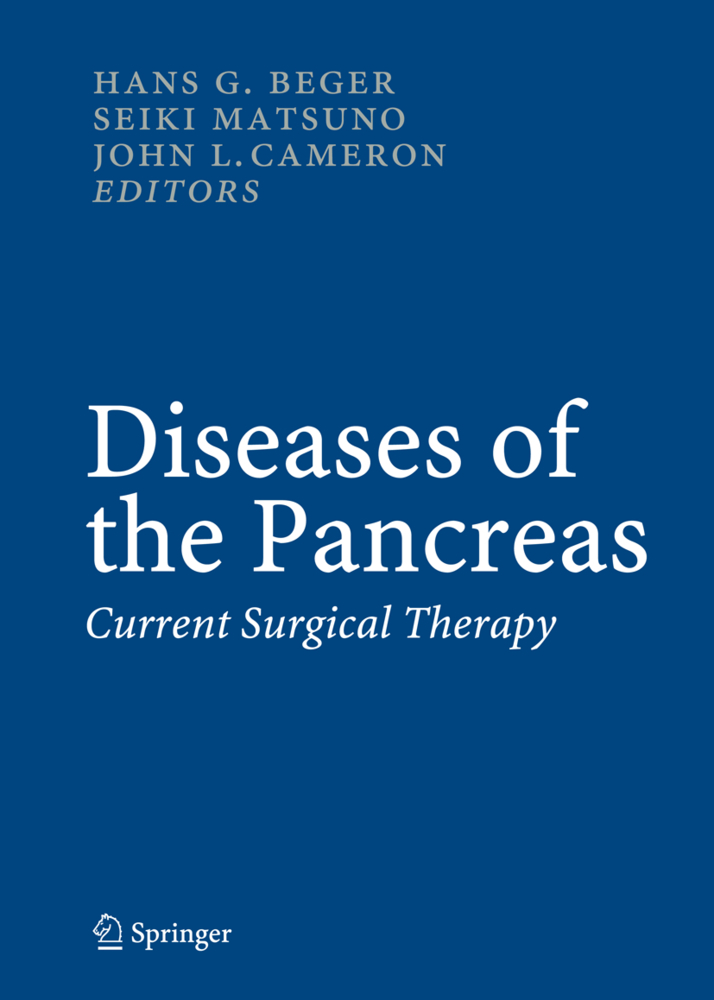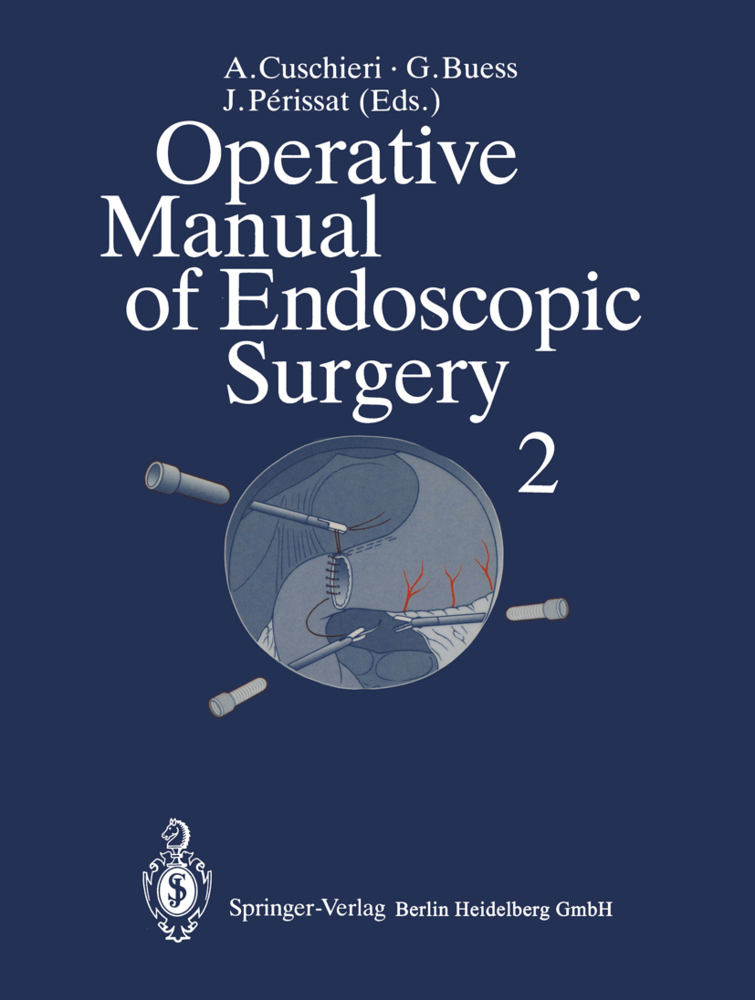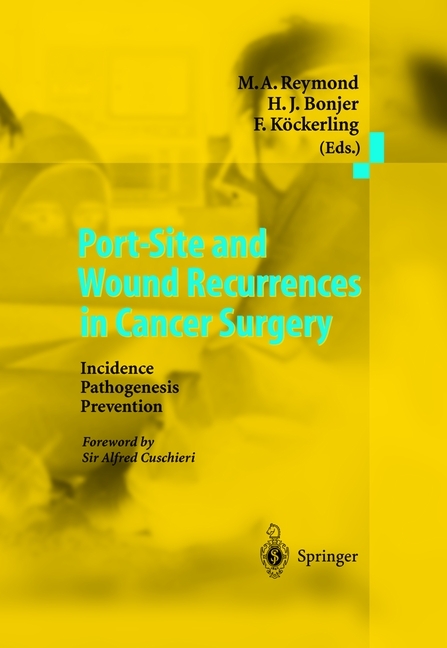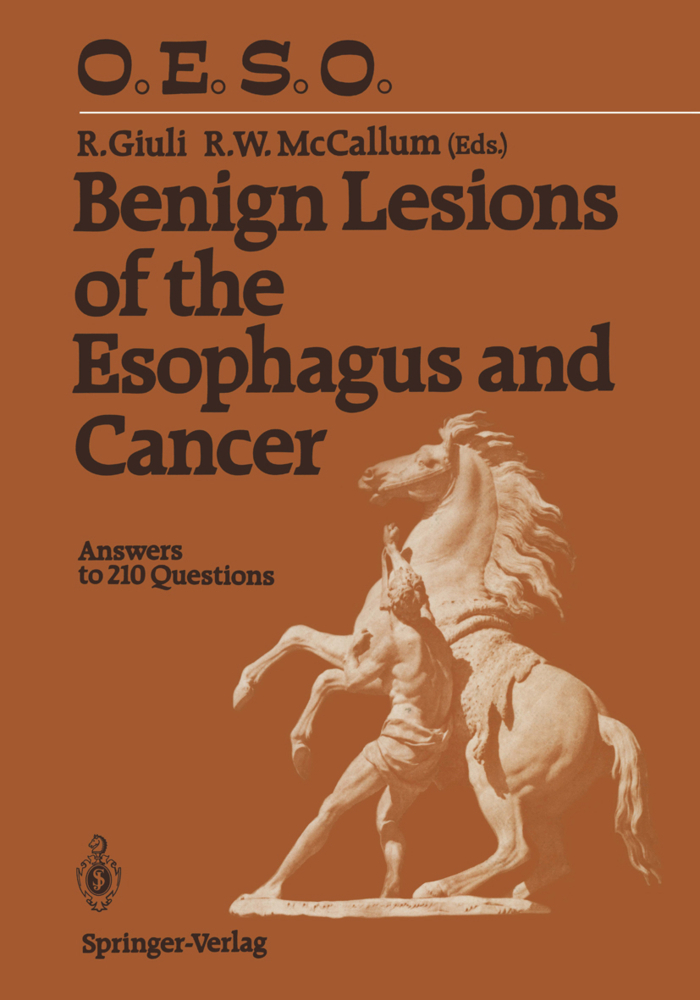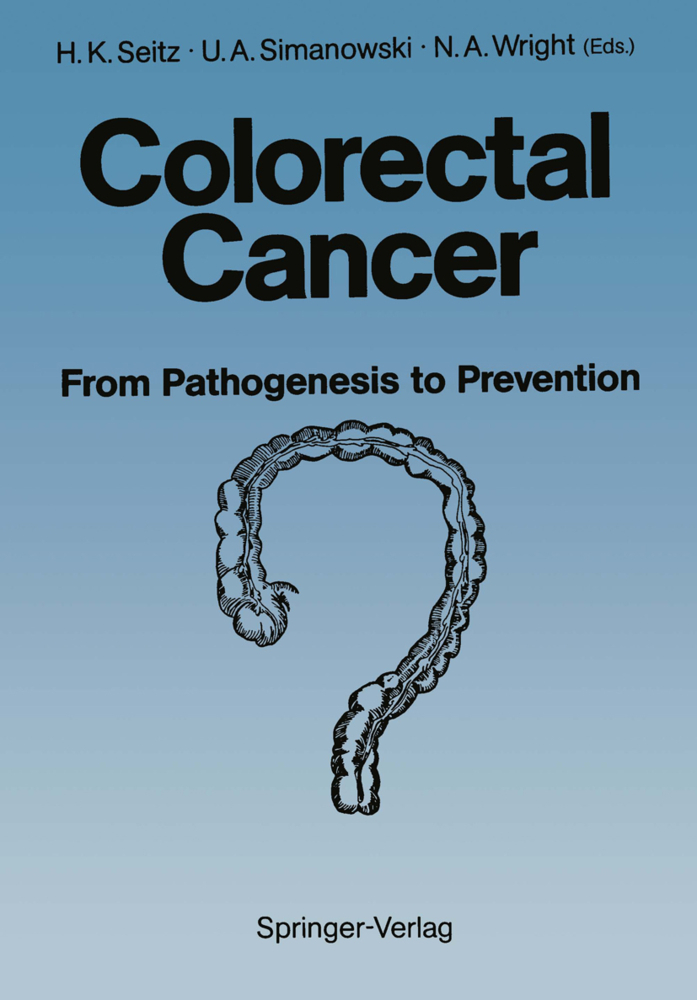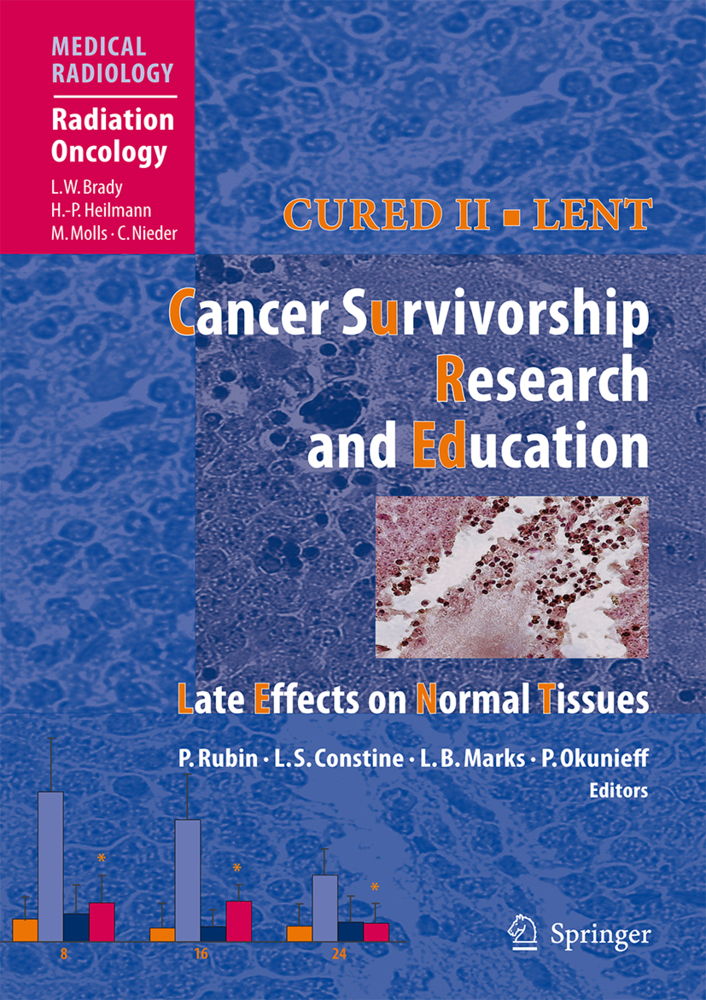Basic research discusses the implication of pancreatic stress protein in acute pancreatitis and pancreatic cancer and their possible role as therapeutic targets. Also, very original results show the unexpected role of lipids as mediators during acute pancreatitis. Gene screening strategies allow the detection of the genes responsbile for gemcitabine resistance of pancreatic cancer cells. They lead to the selection of several target genes, in order to suppress the resistance of cells to gemcitabine treatment. The mechanism by which tetrahydrocannabinol is anti-tumoral in pancreatic cancer cells is presented and the use of THC as a promising new therapeutic agent is discussed.
Genetic data are shown concerning hundreds of families with hereditary chronic pancreatitis and their possible role in the pathogenesis of the disease. Another very original study addresses the prevention and treatment of pancreatic diseases with diat.
In clinical research, convincing data about the use of endoscopic sphicterotomy in the management of acute bilary pancreatitis is presented, based on the experience of a Center highly specialized in pancreatic diseases.
1;Pancreatology;1 1.1;Heat Shock Proteins in Pancreatic Diseases;8 1.1.1;Heat Shock Proteins;8 1.1.2;HSPs, Beneficial or Harmful in Pancreatic Disease: A Matter of Perspective;8 1.1.3;HSPs in Pancreatitis;9 1.1.4;How Does HSP70 Protect Against Pancreatitis?;11 1.1.5;Summary;14 1.2;References;15 1.3;Cellular Stress in Acute Pancreatitis;16 1.3.1;Introduction;16 1.3.2;Cloning the Rat VMP1 Messenger RNA;17 1.3.3;VMP1 mRNA Expression During the Course of Acute Pancreatitis;17 1.3.4;Induction of VMP1 mRNA Expression in Stressed Kidney;18 1.3.5;VMP1 Expression Induced Vacuole Formation;18 1.3.6;What Is Autophagy ?;19 1.3.7;VMP1 Is an Autophagy-Involved Protein;20 1.3.8;VMP1 Expression Is Required for Extracellular-Stimuli-Induced Autophagy;21 1.3.9;VMP1 Is an Autophagosomal-Membrane Integrated Protein;21 1.3.10;VMP1 Is a Beclin 1 Binding Membrane Protein;22 1.3.11;VMP1-EGFP Targeted to Pancreatic Acinar Cells in the Pancreas of Transgenic Mice Triggers the Formation of LC3-Positive Vacuole;24 1.3.12;VMP1 Localizes in the Membrane of Pancreatitis-Induced Autophagic Vacuoles;24 1.3.13;Discussion and Conclusions;25 1.3.14;Acknowledgements;28 1.4;References;28 1.5;Systemic Inflammatory Effects of Acute Pancreatitis; Effects of Lipid Mediators;32 1.5.1;Systemic Inflammatory Response in Pancreatitis;32 1.5.2;Lipids and Their Effect During Acute Pancreatitis;33 1.5.3;Regulatory Effects of Lipid Mediators;35 1.5.4;Antioxidant Mechanisms;35 1.6;References;38 1.7;Gemcitabine Changes the Gene Expression in Human Pancreatic Cancer Cells: Search for New Therapeutic Molecular Targets;40 1.7.1;Introduction;40 1.7.2;Materials and Methods;41 1.7.3;Results;41 1.7.4;Discussion;44 1.7.5;Acknowledgements;44 1.8;References;45 1.9;Cannabinoids as Potential Antitumoral Agents in Pancreatic Cancer;46 1.9.1;Pancreatic Cancer;46 1.9.2;Cannabinoids and Their Receptors;46 1.9.3;Antitumoral Activity of Cannabinoids;47 1.9.4;Antitumoral Activity of Cannabinoids in Pancreatic Cancer;48 1.9.5;Mechanism of Cannabinoid Antitumoral Action;48 1.9.5.1;Induction of Apoptosis;48 1.9.5.2;Inhibition of Tumor Angiogenesis;51 1.9.6;Cannabinoids as Potential Anticancer Agents;51 1.9.7;Future Perspectives;52 1.10;References;53 1.11;Pathogenesis of Chronic Pancreatitis with Special Emphasis on Genes1;57 1.11.1;Introduction;57 1.11.2;Epidemiology;58 1.11.3;PRSS1 Mutations in Chronic Pancreatitis;58 1.11.4;Clinical Characteristics;58 1.11.5;Hereditary Chronic Pancreatitis and Pancreatic Cancer;59 1.11.6;SPINK1 Mutations in Chronic Pancreatitis;59 1.11.7;CFTR Mutations in Chronic Pancreatitis;60 1.11.8;PRSS2 Mutations in Chronic Pancreatitis;60 1.11.9;Biochemical Analysis of Disease-Associated PRSS1 Mutations;61 1.11.10;R122H and Increased Trypsin Stability;61 1.11.11;N29I and Enhanced Trypsinogen Autoactivation;62 1.11.12;Animal Models;62 1.11.13;The Trypsinogen and SPINK1 Mutation Database;63 1.11.14;Further Pathogenetic Aspects of Chronic Pancreatitis;63 1.11.15;Understanding of Pathogenesis: Consequences for Treatment?;63 1.11.16;Future Perspectives;64 1.12;References;64 1.13;Bioecological Control of Disease, Especially Pancreatic Disease;69 1.13.1;Introduction;69 1.13.2;Instant Reaction: Narrow Therapeutic Window;69 1.13.3;Choice of Treatment Strategy;70 1.13.4;Choice of Treatment;71 1.13.5;Choice of Feeding System;71 1.13.6;Maintenance of Salivation and GI Secretion;72 1.13.7;Strict Blood Glucose Control;72 1.13.8;Generous Supply of Antioxidants;72 1.13.9;Control of Microbial Flora;73 1.13.10;The Concept of Synbiotics;74 1.13.11;Synbiotics in Chronic Liver Disease and Liver Transplantation;74 1.13.12;Synbiotics in General Surgery;75 1.13.13;Use of Synbiotics in Polytrauma;76 1.13.14;Use of Synbiotics in Acute Pancreatitis;76 1.13.15;Use of Synbiotics in Pancreatic Cancer Operations;77 1.13.16;Conclusions;77 1.14;References;78 1.15;The Role of Endoscopic Sphincterotomy in the Management of Acute Biliary Pancreatitis;80 1.15.1;Background;80 1.15.2;Patients and Methods;81 1.15.3
| ISBN | 9783642001529 |
|---|---|
| Artikelnummer | 9783642001529 |
| Medientyp | E-Book - PDF |
| Auflage | 2. Aufl. |
| Copyrightjahr | 2009 |
| Verlag | Springer-Verlag |
| Umfang | 92 Seiten |
| Sprache | Englisch |
| Kopierschutz | Digitales Wasserzeichen |

